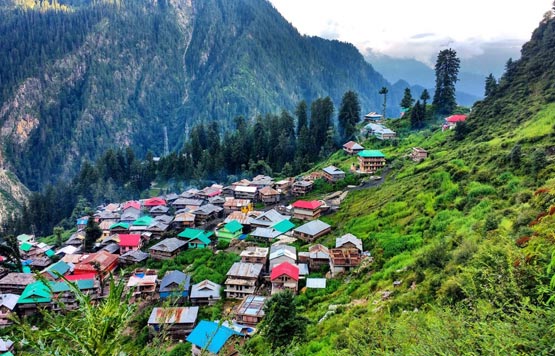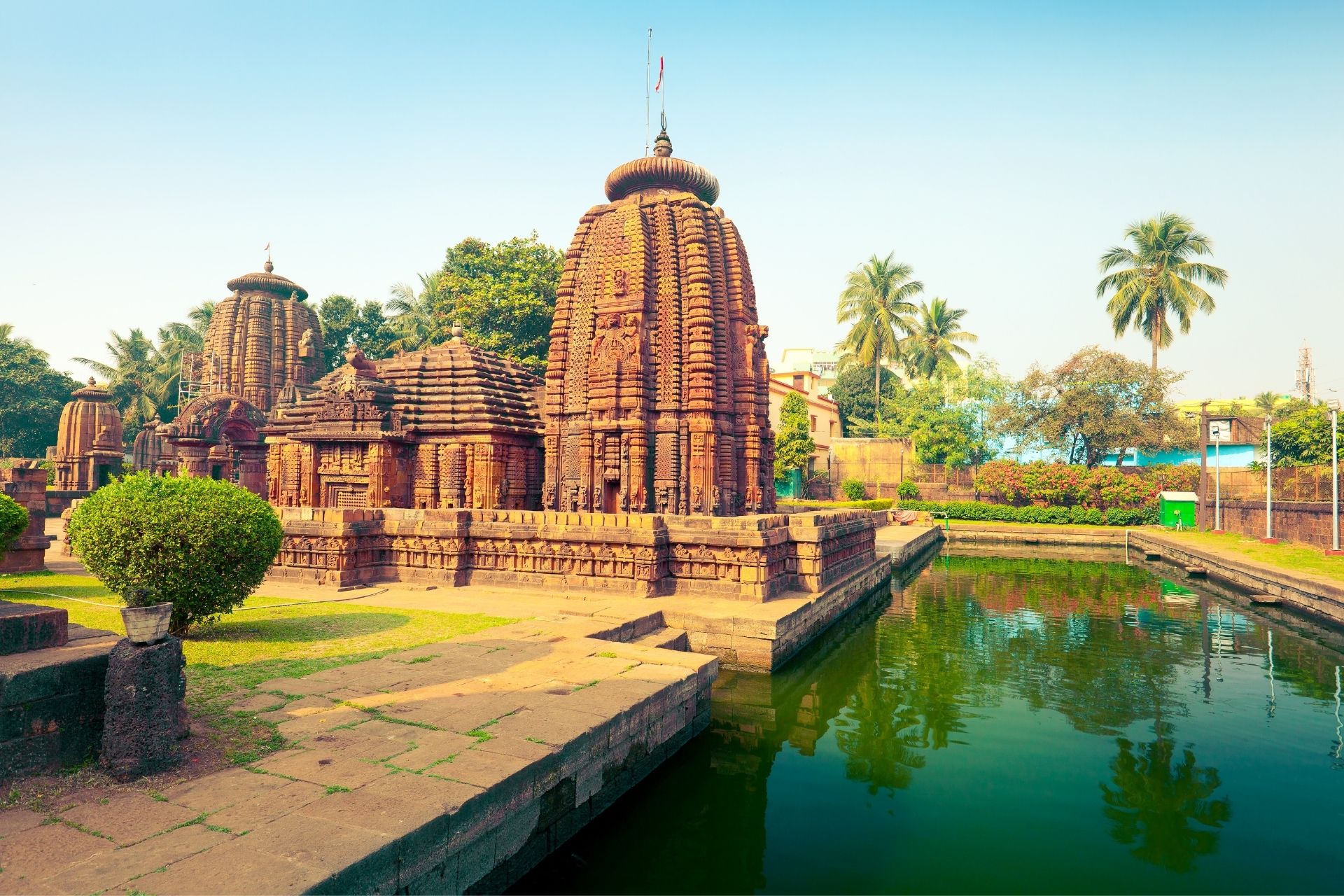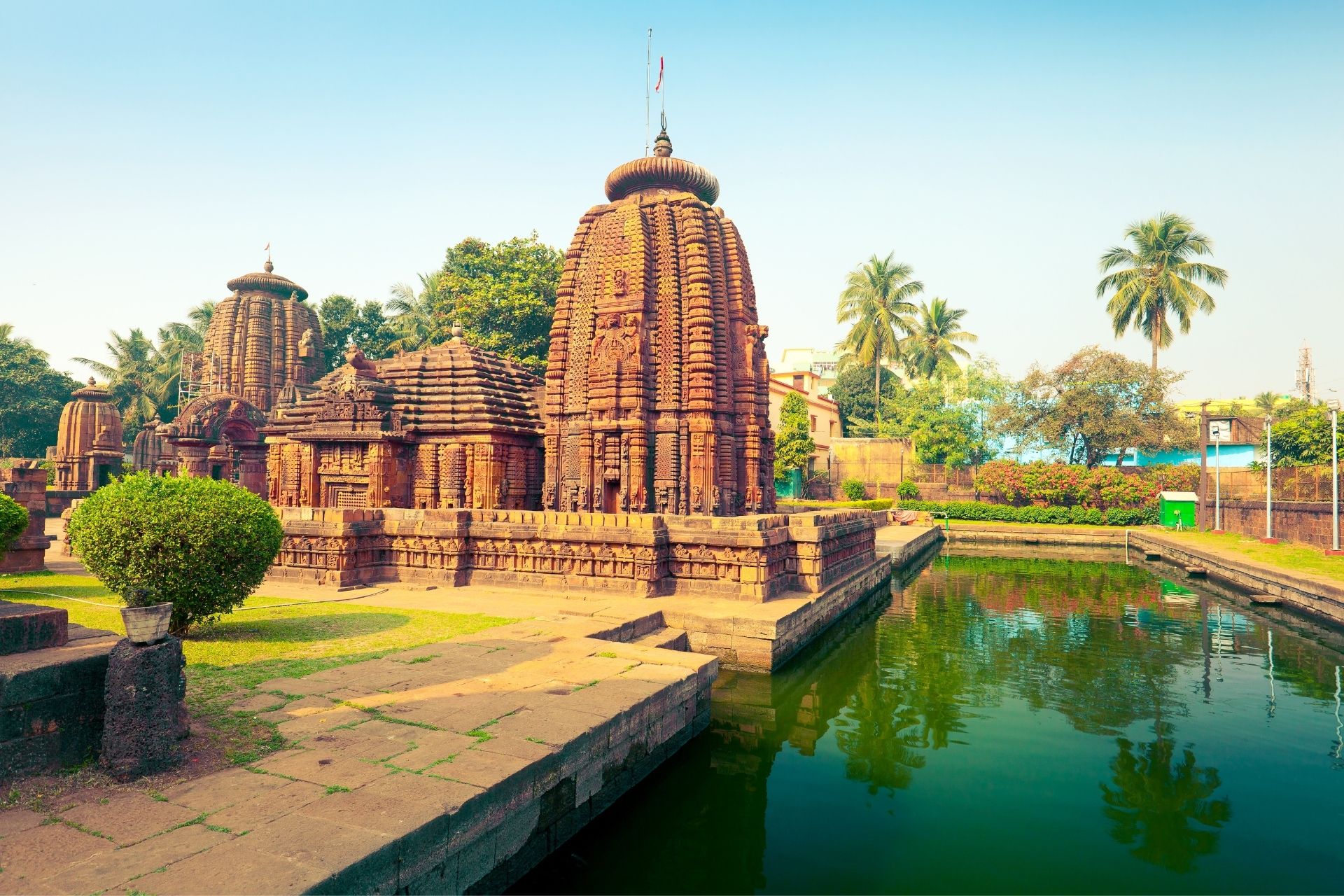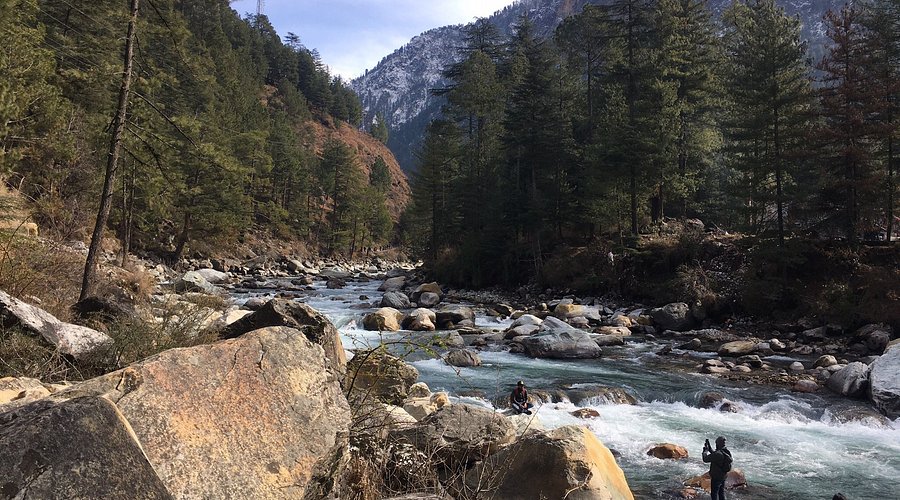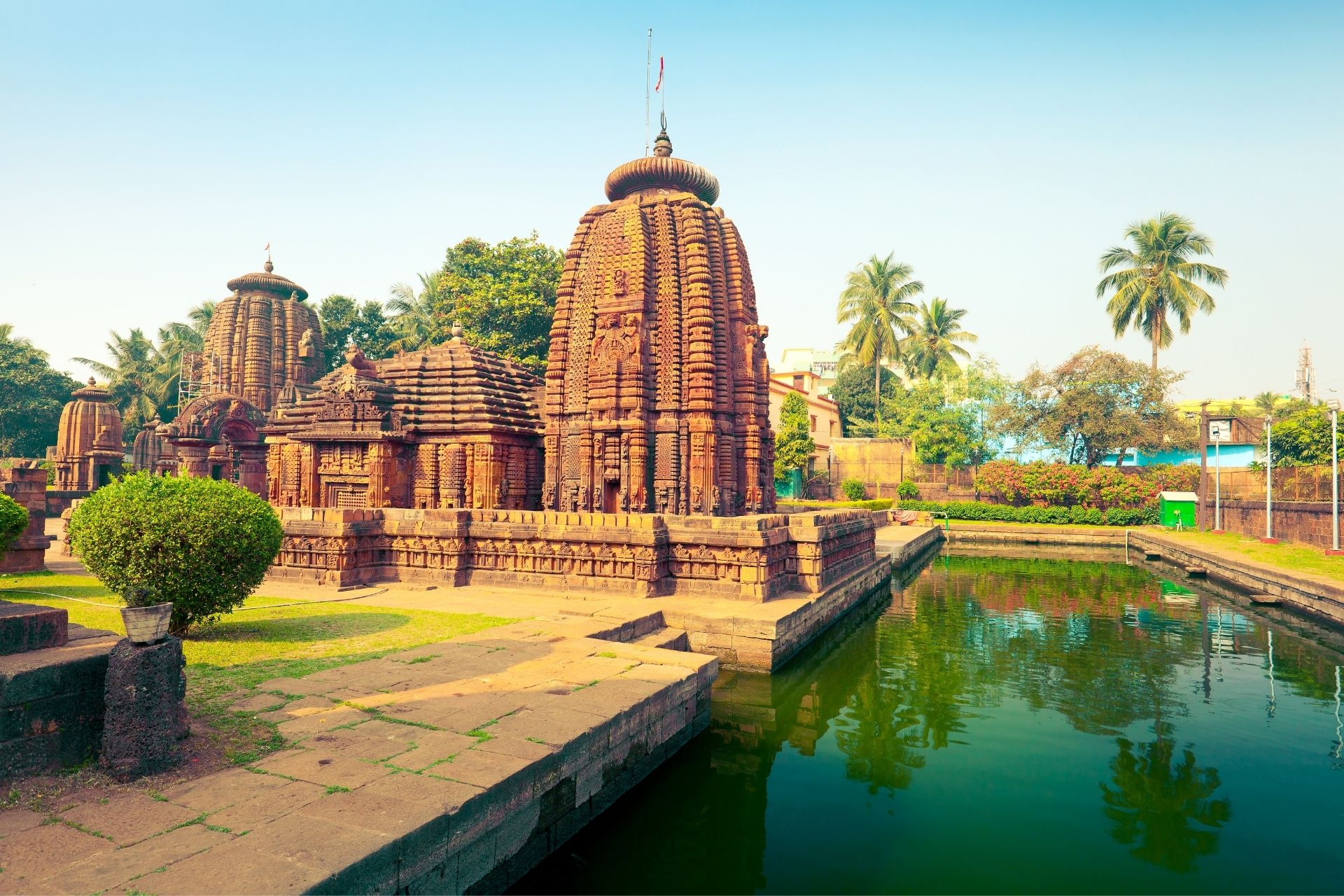Pashupatinath Temple: A Spiritual Journey to Nepal's Sacred Heart
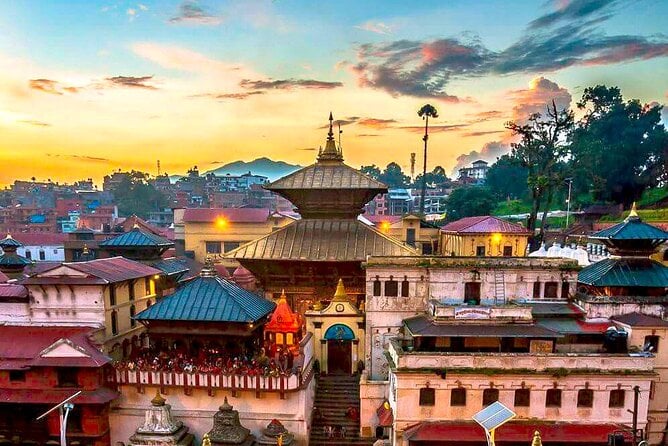
Strong 8k brings an ultra-HD IPTV experience to your living room and your pocket.
Pashupatinath Temple, in the heart of Kathmandu, Nepal, is considered one of the most respected and sacred temples of the Hindu religion. The temple, which worships Lord Shiva, has been visited by millions of pilgrims and tourists annually and, hence, forms a center for spirituality, culture, and history of Nepal. Its long history, sanctity, and impressive architecture are reflected in its existence as an embodiment of worship, belief, and culture.
This article takes you through the spiritual and historical importance of Pashupatinath Temple, architectural marvels it possesses, what to expect during your visit, and how you can plan a trip with Pashupatinath Temple tour packages to ensure you make the most out of the visit.
The Sacred Significance of Pashupatinath Temple
Pashupatinath Temple is one of the holiest temples in Nepal, and it falls under the core of Hindu pilgrimage. The temple is dedicated to Lord Pashupatinath as a manifestation of Lord Shiva being the protector of all living beings. The temple is regarded as the most important Shiva temple in the world, thus centralizing the main point for the Hindu devotees, especially Shaiva sect.
Historical Significance: The Pashupatinath Temple is ancient and interesting. It dates back 400 CE, despite its current shape. During those times, it was renovated and rebuilt numerous times. The present temple was built during the 5th century AD and has served as an important pilgrim center for several thousands of years. In 1979, Pashupatinath temple was declared a UNESCO World Heritage Site owing to its cultural and religious characteristics.
Spirituality: It is believed to be one of the Nepal's Chardhams, with devotees worldwide visiting to ask for blessings from here and have the last rights of their closed ones performed by them. Spirituality of this temple is highly enhanced due to its location being on the Banks of Bagmati River-the river that can purify even the soul of a person. Devotees believe that visit to the temple allows them to attain moksha (liberation of being reborn and dying).
Architecture of Pashupatinath Temple
The Pashupatinath Temple complex is an impressive blend of Pagoda-style and Nepalese architecture. The main temple is a two-tiered pagoda structure with a golden roof and a silver door. Inside, the temple houses the Shivlinga or the symbolic representation of Lord Shiva. The temple's courtyard is surrounded by several smaller shrines dedicated to different deities, including various forms of Shiva, Lord Vishnu, and other Hindu gods.
Some of the highlights of the architectural beauty of the temple complex are:
Golden Roof: The golden roof of the Pashupatinath Temple is a feature that is visible from afar. It not only gives a beautiful appearance but also signifies the importance and sanctity of the temple.
Silver Doors: The main entrance to the sanctum sanctorum is ornamented with silver doors, intricately carved. According to beliefs, it symbolizes purity and divinity.
Shivling: In Pashupatinath, the Shivling is a peculiarity that represents the form of Lord Shiva. Most of the times, it has been bathed in holy waters, and other sacred items in the form of milk and honey are offered while visiting the pilgrimage site.
The 175 Temples: The Pashupatinath temple complex contains hundreds of other temples and shrines dedicated to the Hindu gods and goddesses. Many of the temples are found along the banks of the Bagmati River, giving the whole complex a peculiar spiritual dimension.
The Ghat: Along the river, cremation ghats are part of the temple complex where cremations are carried out according to Hindu rituals. This is a very important aspect of Pashupatinath's religious significance because it is believed that people who are cremated here will attain salvation.
Pashupatinath Temple Tour and Darshan
Visiting the Pashupatinath Temple is a rich experience for those who want to seek spiritual peace or learn about the ancient traditions of Nepalese culture. A visit to the Pashupatinath Temple essentially includes the following aspects:
The main aim of visiting Pashupatinath is to pray and take blessings from Lord Shiva. Devotees stand in long queues to get darshan or viewing of the sacred Shivling housed in the sanctum. The temple remains open to visitors every day but is especially crowded during important Hindu festivals like Maha Shivaratri and Teej.
Besides the main temple, there are several other shrines. The important shrines inside the complex are Bhairab Temple, Guhyeshwori Temple, and Vishwarup Temple. There are various rituals and ceremonies conducted within these temples that the visitors can take part in.
The Cremation Ghats: The ghats along the Bagmati River are a salient feature of the temple complex. Many pilgrims visit the place to pay their respects to deceased relatives and offer prayers for the departed souls. The continuous cremations are an intense and poignant insight into the rituals of death and reincarnation.
Pashupatinath Temple Tour Package: Many local tour operators offer guided tours of the temple complex, including a deeper dive into its history, architecture, and spiritual significance. The tour packages often include visits to nearby attractions such as Boudhanath Stupa, Swayambhunath Temple (Monkey Temple), and Patan Durbar Square.
Pashupatinath Temple Darshan Booking
Advance booking of Pashupatinath Temple darshan is advisable before the peak pilgrim seasons that usually bring together many crowds there. Many online bookings have now launched a platform of booking darshan tickets to seek entry into this temple's sanctorum without any long cueing and discomfitures. Such an agency also lets VIP darshans to create priority entrance within a more pleasant and un-distracted inner peace experience while going for prayers.
Best Time to Visit Pashupatinath Temple
The best time to visit the Pashupatinath Temple is during the cooler months, from October to March. This is when the weather is pleasant and ideal for exploring the temple complex. The temple experiences an influx of pilgrims during Maha Shivaratri (usually in February or March), a festival dedicated to Lord Shiva, making it the most significant time to visit the temple.
The monsoon season (June to September) is not ideal for travel due to heavy rainfall, which can disrupt outdoor activities and temple visits.
How to Reach Pashupatinath Temple
Pashupatinath Temple is located in Kathmandu, Nepal, approximately 5 kilometers from the Tribhuvan International Airport. It is easily accessible by taxi, private vehicle, or even local buses from various parts of the city.
Flying in from other parts of the world into Kathmandu is most practical for international visitors. Local taxi or any means of transportation would be sufficient from the city center to reach the temple. It lies on the east side of the Kathmandu Valley on the banks of the Bagmati River.
Conclusion: A Devotional and Discovering Pilgrimage
The Pashupatinath Temple is a place of worship, but it is much more than that-it is an experience that brings people closer to the spiritual and cultural essence of Nepal. Rich in history, architecture, and serene atmosphere, it is a must-visit for those who seek to explore the heart of Nepalese spirituality.
It does not matter whether you are a devotee of Hinduism, a history buff, or a traveler seeking to experience the cultural richness of Kathmandu. The Pashupatinath Temple will give you an enriching experience that will linger long after your visit. Plan your trip to Pashupatinath Temple today and embark on a spiritual journey to one of the most revered landmarks in Nepal!
Note: IndiBlogHub features both user-submitted and editorial content. We do not verify third-party contributions. Read our Disclaimer and Privacy Policyfor details.



